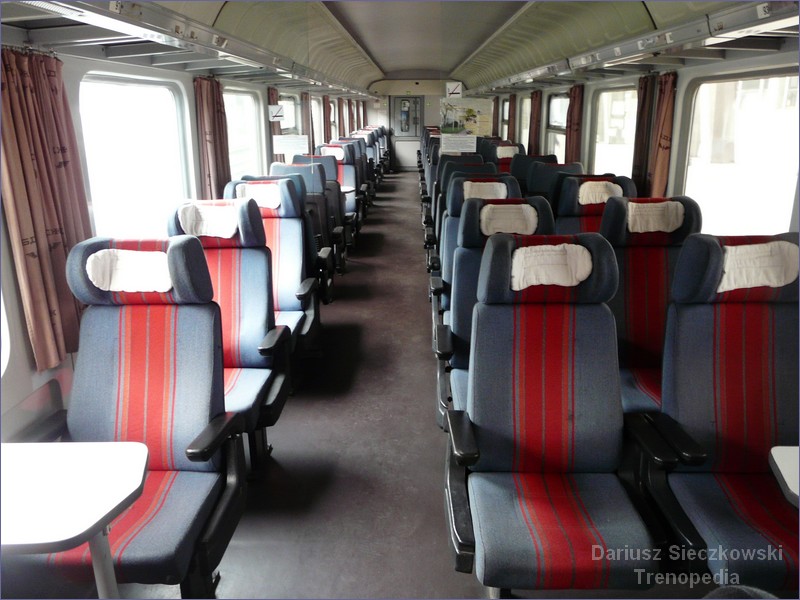Bulgaria has an extensive rail network. Most of the railway lines are neglected, but train travel in Bulgaria is a good way to explore the country, especially if you want to visit the largest cities in Bulgaria. Most of the rail network was constructed before World War II. Currently, the modernisation of the international railway lines is underway. Rolling stock fleet is old but the new trainsets were ordered in 2024.
Last updated: 17.03.2025
The first public railway line in Bulgaria from Ruse to Varna (223 km), was opened on 7th November, 1866. The railway was built by the English companyof William Gladstone and the Barclay brothers. . The Bulgarian state bought the line in 1888.
In 1873 the railway line Constantinople – Edirne – Plovdiv – Pazardzhik – Belovo was completed.
After the acquisition of state property over the railway lines Tsaribrod – Sofia – Belovo and Ruse – Varna, in August 1888 the Bulgarian State Railways were established with a total operational length of 384 kilometers.
In 1899 construction of the Sofia – Gorna Oryahovitsa – Varna was finished. It connected Sofia with the Black Sea coast.
The first electrified section Sofia – Plovdiv was put into operation on April 27, 1963.
Train travel in Bulgaria – domestic trains
There are many passenger trains in Bulgaria, although in recent years there were cuts in timetable. Most of the railway network is electrified. Passenger carriages are mainly old and non-equipped with air-conditioning, except for second-hand German carriages for express trains. Old carriages have a very important advantage – you can open the window and take a photos of beautiful Bulgarian landscapes. Tickets are usually cheap, only if you want to travel to Varna or Burgas by express train it’s a quite expensive.
Almost all train stations are poorly maintained. Only a few of the most important railway stations have been renovated (Burgas, Stara Zagora, Sofia).
Trains to Sofia and Burgas are often sold out, so I recommend to buy a ticket with at least a few days in advance.
Passenger trains in Bulgaria are operated by Bulgarian State Railways (Български държавни железници – Пътнически превози).
Currently there are problems with cancelled trains and delays due to engineering works in Sofia. You cannot be sure if you train will run, especially on Sofia – Vidin route.
Bulgarian State Railways – timetable in English language

Train travel in Bulgaria – what to see
There are many interesting places in Bulgaria. Not all of them are accesible by train. If you want to explore Bulgaria by train, you must visit Sofia, Veliko Tarnovo and Plovdiv. If you have enough time, consider also Varna and Burgas. For some people the cities of Ruse and Vidin might be also attractive.
Bulgaria by train – an absolute minimum plan
Types of the trains in Bulgaria:
Пътнически влак – regional train. These trains stop at all station. Quality of rolling stock varies – some services are served by modern Siemens Desiro multiple units, some by second-hand German carriages for regional train, but all are pretty comfortable. There are old RVR electric multiple units on route Varna – Shumen.
Крайградски пътнически влак – suburban trains running around the largest cities. Mainly for commuters, often overcrowded. These trains run between Plovdiv and Asenovgrad, Septemvri and Kostenec or from Sofia to Bankya.
Бърз влак – fast train. It only at designated stops. Fast trains in Bulgaria have 1st and 2nd class carriages – with or without compartments. Some of them has a buffet car also. Usually carriages are old and the toilets are dirty. Some trains requires mandatory seat reservations (especially from Sofia to Burgas and Varna).
Експресен влак – express train. Fastest services with modern rolling stock. While writing the article, I did not find these trains in the timetable.
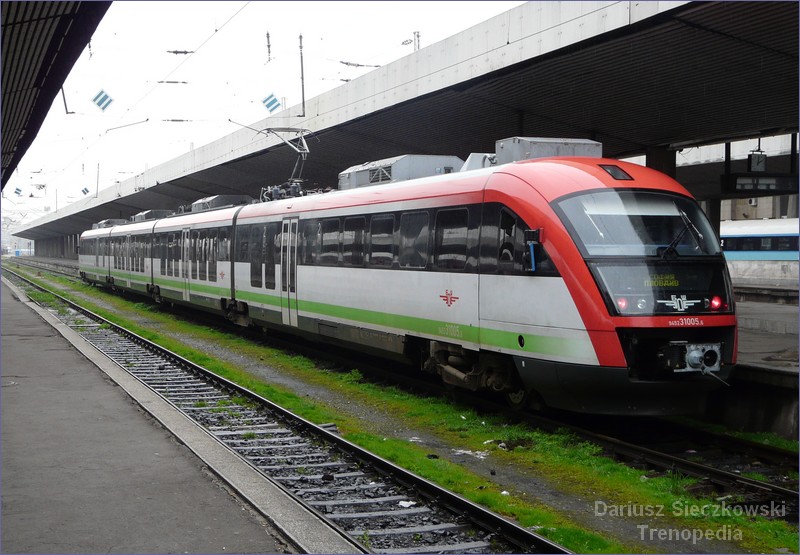
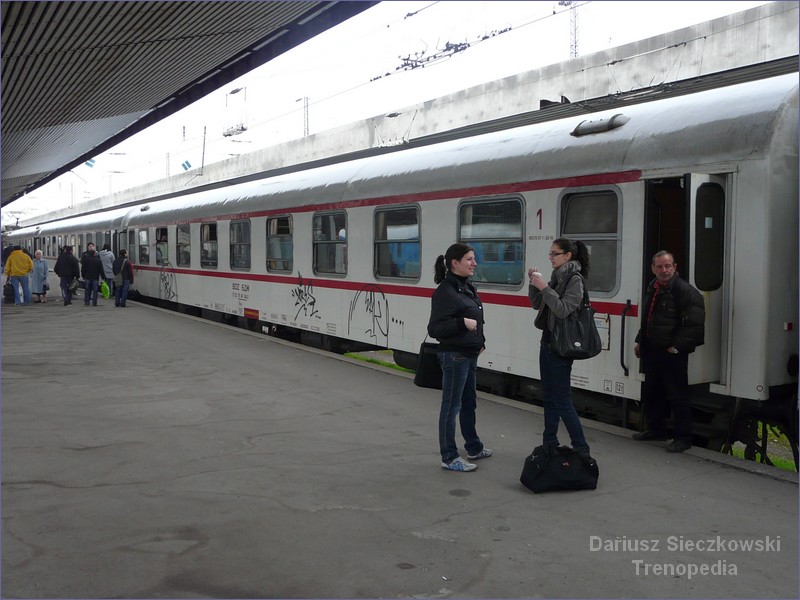
Long-distance trains:
Bulgarian State Railways runs long-distance trains on the following routes:
Sofia – Plovdiv – Svilengrad
Sofia – Shumen – Varna
Sofia – Sliven – Burgas
Sofia – Stara Zagora – Burgas
Sofia – Pernik – Blagoevgrad
Sofia – Vraca – Vidin
Sofia – Ruse
Varna – Ruse
There are overnight trains from Sofia to Burgas and Varna. It’s highly reccomend to travel in sleeping car. Most of the sleeping cars were produced in Turkey and carriages are very comfortable, equipped with air-conditioning, vacuum toilets and 230V socket. The surcharge for a bed in a sleeper car is moderate.
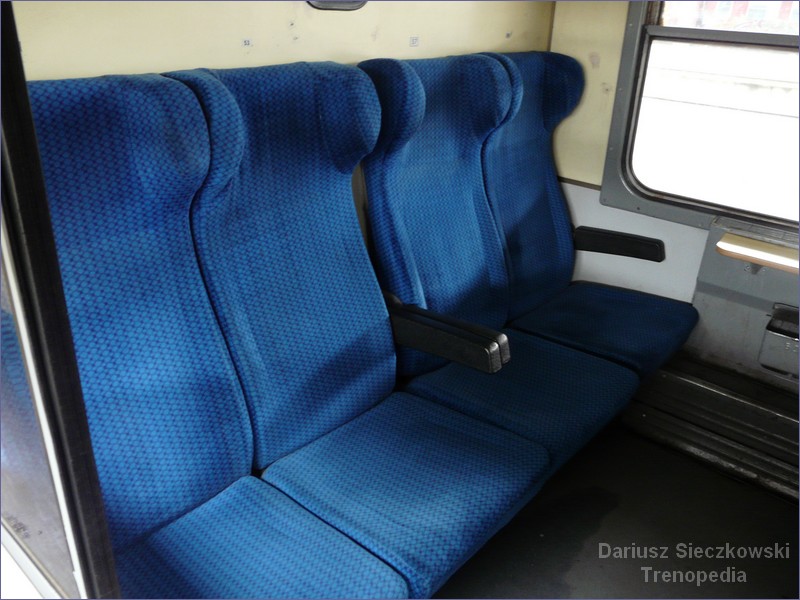
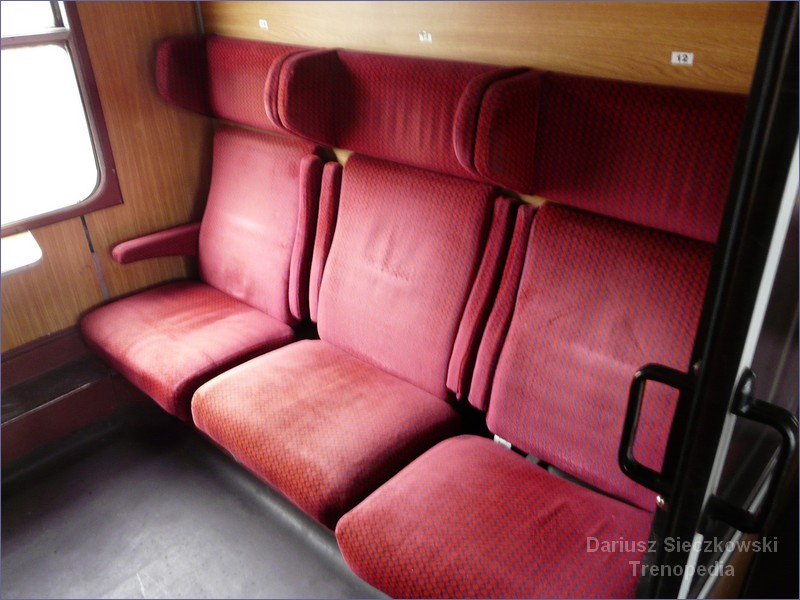
Narrow-gauge railways in Bulgaria
There are three operational passenger narrow-gauge railways in Bulgaria:
Septemvri – Dobrinishte – 125 km line from Septemvri (it lies on the Sofia – Plovdiv route) through mountain to Dobrinishte. Regular traffic, trains run daily. One of the most beautiful railway lines in Europe.
Children’s railway in Plovdiv – a short railway line in the park at Youth Hill (Младежки хълм) close to the city centre. 600 mm gauge, total length of the route is 1090 meters. It operates daily in summer season.
Children’s railway in Kardzhali – a park railway with a total length of 1250 meters. It was put into operation on 30 September 1962, in the “Prostor” Park in the city center. The railway operates in summer season.
Narrow-gauge railways in Bulgaria – more information
Railway museums in Bulgaria
There is only one museum dedicated to the railways in Bulgaria. The National Transport Museum is located in the city of Ruse, in the building of the first railway station in the country, built in 1866. The exhibition is divided into indoor and outdoor part – visitors can see several steam locomotives, various carriages and most valuable item – royal coach of King Ferdinand I, personal carriage of Boris III Tsar of Bulgaria, as well as the carriage of the Turkish sultan of 1866.
Very interesting is also the oldest preserved steam locomotive in the country from 1868.
The station is situated in the outskirts of Rousse, near the high bank of the Danube.
Address: 5 “Bratya Obretenovi” Str., Ruse
National Transport Museum in Ruse – official website
Train travel in Bulgaria – Heritage trains
There are no heritage trains in Bulgaria in regular traffic. Bulgarian Railways in summer run heritage trains on the narrow-gauge route from Septemvri to Dobrinishte on certain days and on occasionally on the standard-gauge routes, usually as a charter trains or excursion trains for example steam train trips are organized on the occasion of Independence Day. Two main heritage train compositions to hire are:
Vitosha Express – a former presidential train manufactured in 1975 in Germany. It was intended for transport of the state elite. Train consists saloon cars with sleeping cabins and a presidential suite with private bathroom and toilet. The composition includes two luxury sleeping cars, combined with a lounge, which can accommodate ten passengers. Restaurant car is available, passenger cars may be added on demand.
Corona Express – a carriages intended for the official trips of Tsar Boris III and his family. Three saloon cars were produced in 1938-1939 in Germany. Each of them consists apartment, sleeping cabins and a bathroom. Wagon 055-0 called “Iranka” was manufactured in 1940 in Germany for the Shah of Iran but during World War II it remained in Bulgaria. There are 7 compartments with 6 seats each, upholstered in dove blue plush. Two another saloon cars were built in Dryanovo-Bulgaria in 1957 and 1967.
Bulgarian Railways offer to hire also a diesel railcar manufactured in 1960 in Wien. It consists of one first-class and one second-class department. 1st class has 9 seats and the 2nd class compartment has 28 soft seats. The seats in both passenger compartments can be rotated depending on the direction of travel.
Bulgarian Railways launch also special trains comprised of steam train and common carriages.
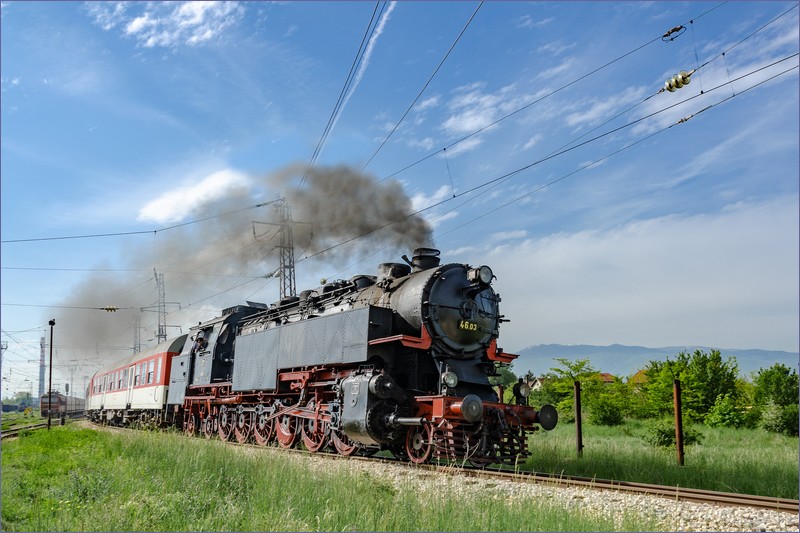
Funicular railways in Bulgaria
Currently, there are two operational funicular railways in Bulgaria:
Funicular railway in Veliko Tarnovo – it connects Trapezitsa railway station with Fortress Hill. The funicular was opened at the end of 2014. es. The funicular does not operate in temperatures above 35 degrees Celsius and below 5 degrees Celsius.
Funicular railway in Belchin – the funicular inaugurated in 2016 connects connects the village of Belchin in the Sofia Province with the Tsari Mali Grad fortress located on a hill.
Funicular railways in Bulgaria – more information
Train travel in Bulgaria – international trains
There are passenger trains from Bulgaria to Turkey and Romania. These trains run all year round but in summer season there are changes to timetable.
International timetable in Bulgaria – Bulgarian State Railways’ website
Greece
Many years ago daytime train Thessaloniki – Sofia with sleeping car from Athens to Sofia ran. The service was suspended. After that the Bulgarian train reached the border station, passengers were transferred by bus between border stations, and travelers on the Greek side were boarded the Greek train. Currently most likely there is only a passenger train from Sofia to border station.
Hungary
The direct train Budapest – Sofia via Vidin was cancelled a few years ago due to long journey time and a little interest of passengers. In previous years there were no direct carriages from Budapest to Sofia and Varna but check it, plesase, before the summer season. I think that the railway has no chance in competition with low-cost airlines.
North Macedonia
There were direct sleeping cars Skopje – Sofia unhooked at Niš station and connected to Belgrade – Sofia train. Short-lived railway line from Skopje to Sofia was dismantled after World War II.
The construction of the railway line from Kumanovo to Bulgaria is underway, but the progress is very slow and the construction will be completed maybe in a few decades.
Romania
There is an international daytime train from Bucharest to Sofia. The train has 2nd class carriages only. The second train between Bulgaria and Romania passes over the Danube 2 bridge and connects the cities of Vidin and Craiova. The train is connected to the Sofia-Vidin express train.
Sofia – Bucharest train – timetable and prices
Serbia
Due to reconstruction and modernization of the whole railway line from Niš to Dimitrovgrad all passenger trains to Serbia were cancelled until further notice. The works started in 2023. In 2010 there were two trains from Belgrade to Sofia – daytime and overnight train with Bulgarian couchettes and sleeping cars. Shortly after overnight train was suspended and daytime train ran in summer season only.
Trains between Belgrade and Sofia – additional information
Turkey
Between the rail systems of Bulgaria and Turkey, there is only one connection: Svilengrad–Kapikule. There is an international overnight train from Sofia to Halkali station in the suburbs of Istanbul. Train is comprised of modern, air-conditioned Turkish sleeping cars and couchette car. Sleepin car with 2-bed compartments is the best choice – it has the best value for money. At the Dimitrovgrad station carriages from Buchurest to Halkali are hooked to the train from Sofia.
Sofia – Halkali train – timetable and prices
